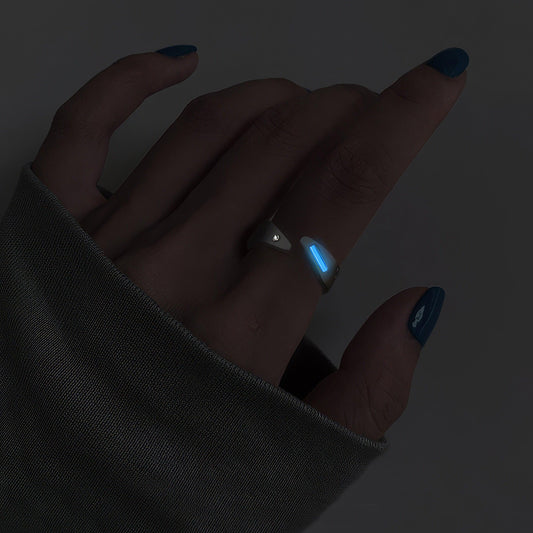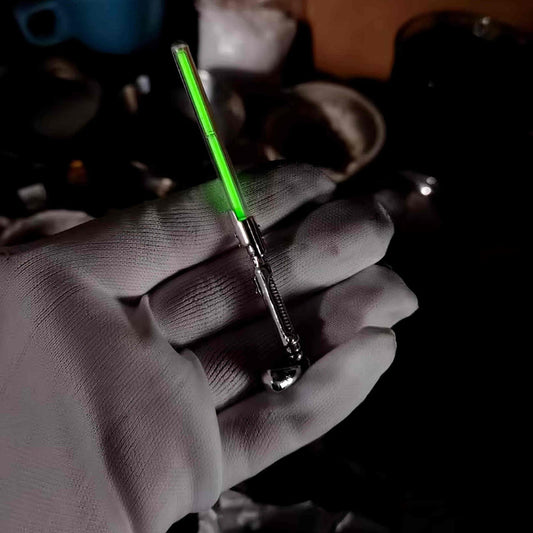The Symbolism Behind the Wedding Ring Finger in the West
The Symbolism Behind the Wedding Ring Finger in the West
When I was seven, my cousin Amanda got married, and I vividly remember staring at her hands, mesmerized by the glint of her wedding band. It sat snugly on her left hand's ring finger, and though I barely understood the significance at the time, I knew it meant something profound. Little did I know that this simple placement is deeply rooted in both tradition and symbolism, a cultural norm that extends far beyond my family gatherings.
In many Western cultures, the fourth finger of the left hand is universally recognized as the wedding ring finger. This custom dates back to ancient Roman times, when people believed that a vein, known as the "Vena Amoris" or "Vein of Love," ran directly from that finger to the heart. Although modern anatomy reveals this to be more romantic myth than fact, the tradition persists. It’s fascinating how the stories we tell ourselves can shape customs that endure for centuries, linking generations together through shared symbols.
Not too long ago, while sipping coffee with my friend Lucy, who hails from the UK, she pointed out that wearing wedding rings on the left hand is not a global norm. She mentioned how in some European countries, the right hand is favored for this display of marital commitment. Germany and Russia, for instance, often see right-handed ring exchanges. It made me realize how much cultural significance is embedded in such a small piece of jewelry and how subtly our perceptions are influenced by our surroundings.
The material of the ring itself is another layer to this tradition. Gold has always been a favorite for wedding bands, seen as a symbol of prosperity and eternal love, thanks to its enduring quality. However, in recent times, couples often opt for alternatives like platinum or even sustainable wooden rings, reflecting more contemporary values or personal tastes. I remember seeing a friend’s wedding photos on social media and being intrigued by the delicate, eucalyptus-inspired wooden band on her husband’s finger. It was a reminder of how personal touches in tradition can express more than just marital status; they can convey individuality and shared values.
Choosing which finger to wear a wedding band on may seem like a small decision, yet it speaks volumes about cultural identity and personal beliefs. In the hustle and bustle of wedding planning, it’s one of those choices that's often made unconsciously, simply because "that's how it's always been done." But there can be an intentionality to it, a personal significance that, while not always visible, is undeniably present.
Next time you spot a glint of gold or silver on someone's left hand, think about the ancient myths, the cultural tapestries, and the personal stories that accompany it. It’s a small symbol, yet it carries weight, telling tales of love that are as diverse as the couples who share them. The ring might be small, but its symbolism is anything but.



























